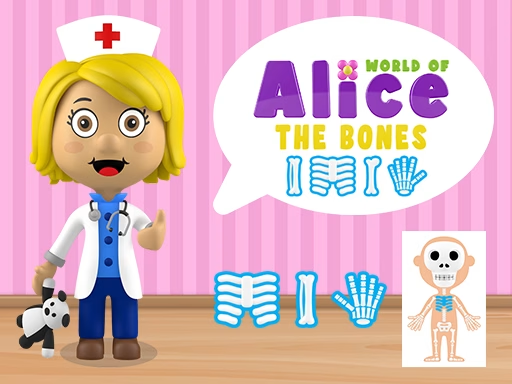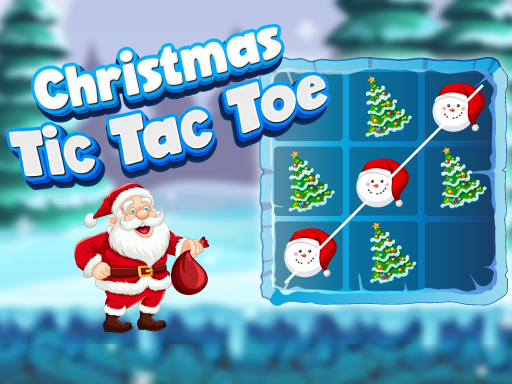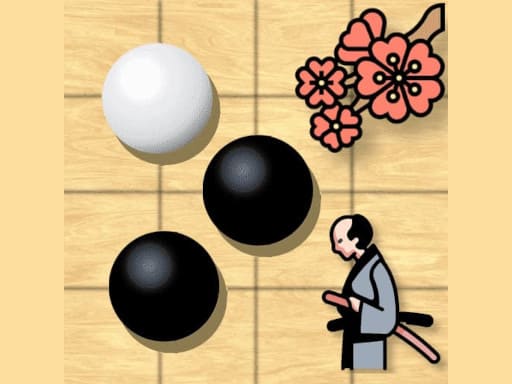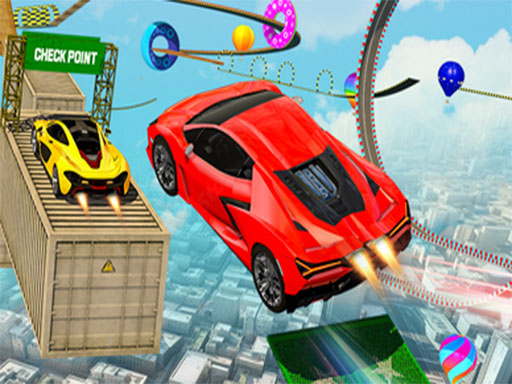
World of Alice – The Bones: Learning Anatomy Through Play 🦴✨
A Gentle Welcome to Alice’s World
Imagine opening a colorful game where instead of battling monsters or chasing coins, you’re greeted by a cheerful guide named Alice. She doesn’t just talk to you—she takes you on a journey through the human body. That’s the magic of World of Alice – The Bones.
Designed by Nau.kids, this educational adventure teaches children the bones of the human body and their locations. It’s interactive, simple, and fun, whether on a mobile phone, tablet, or computer.
Now let’s explore what makes this game a hidden gem for parents, teachers, and curious young learners.
Why Learn Bones Through a Game?
Let’s face it—most kids don’t get excited when they hear the word “anatomy.” It sounds serious, maybe even boring. But in World of Alice, anatomy becomes playful.
Games bring life to information. Instead of memorizing endless lists like “femur, tibia, radius,” children get to recognize bones visually, click on answers, and celebrate their progress. Learning feels less like homework and more like solving a fun mystery puzzle.
So, the real question is: why wouldn’t you want to learn bones through a game?
How the Gameplay Works
The rules couldn’t be easier. A bone appears in a box, and the player must click on the correct name or location. Simple, right? But don’t underestimate the fun!
Each correct answer feels rewarding, while mistakes become opportunities to learn. Slowly but surely, kids build an internal map of the human skeleton.
What’s better? This knowledge sticks—because the learning happens while having fun.
An Adventure With Alice
Alice isn’t just a character—she’s the friend guiding you along. Think of her as a patient teacher who never scolds but always encourages.
“Do you know where the skull is?” she might ask. And when you get it right, you feel like you’ve just cracked a code. The gentle encouragement creates a safe learning space where mistakes aren’t failures but stepping stones.
And that’s a lesson bigger than anatomy itself.
Educational Power Hidden in Play
Behind the colorful animations and cheerful prompts lies a serious educational structure. Children are not only memorizing bone names but also:
-
Improving memory through repetition.
-
Strengthening attention span by focusing on visuals.
-
Building confidence as they master new concepts.
Parents and teachers love it because kids are learning without resistance. Kids love it because they’re playing. Everyone wins.
Devices That Open the Door
Accessibility is key. World of Alice – The Bones works seamlessly across devices:
-
Mobile phones – Perfect for on-the-go learning.
-
Tablets – A larger screen makes visuals clearer.
-
Computers – Ideal for classroom settings.
This flexibility means learning isn’t tied to a classroom. Children can learn anywhere—during car rides, at home, or even while waiting at the doctor’s office.
A Funny Story From Playtime 😂
One parent shared a hilarious moment: their child, after playing World of Alice, proudly announced at dinner, “Mom, I know where my femur is!” and then tapped their elbow. Close enough, right?
Moments like these highlight how games make learning approachable. Even mistakes become laughable and memorable.
Why Kids Stay Hooked
Children naturally love challenges. In World of Alice – The Bones, every new bone feels like unlocking a level. The instant feedback—right or wrong—creates small bursts of excitement.
Instead of saying, “I have to learn bones,” kids say, “I want to beat my last score!” That subtle shift makes all the difference.
Comparing Traditional Learning vs. Alice’s World
| Method | Traditional Anatomy Class 📚 | World of Alice – The Bones 🎮 |
|---|---|---|
| Style | Memorization, reading | Interactive, visual, playful |
| Engagement | Often low | Very high |
| Feedback | Delayed (tests, homework) | Instant after every click |
| Suitable Age | Older children, teens | Young children and beginners |
This game doesn’t replace school—it enhances it.
The Role of Parents and Teachers
Parents can join the fun by playing alongside their kids. Imagine asking, “Hey, can you show me where the tibia is?” and watching your child proudly point to the answer.
Teachers can use the game in classrooms to complement science lessons. Instead of struggling to hold students’ attention, they can channel curiosity through gameplay.
Tips for Making the Most of the Game
Want to maximize the benefits? Try these ideas:
-
Play in short bursts – 10–15 minutes is perfect for focus.
-
Ask follow-up questions – “Can you point to your ribs?”
-
Celebrate progress – High-fives and cheers go a long way.
-
Mix with real-world models – Compare the game’s skeleton to a diagram or toy skeleton.
By blending digital play with real-life application, learning becomes deeper and more meaningful.
Humor and Learning Go Hand in Hand
The oversized visuals and simple mechanics naturally create funny moments. Don’t be surprised if kids start joking: “Hey, don’t break my tibia!” while running around the house.
Humor cements memory. That silly connection between “funny bone” and “humerus” will stick forever. And honestly, who doesn’t enjoy a little laughter while studying?
Building Lifelong Curiosity
Perhaps the biggest gift of World of Alice – The Bones is sparking curiosity. Once kids understand bones, they often want to know:
-
How do muscles connect to bones?
-
Why do bones heal when they break?
-
What makes bones strong?
The game doesn’t just teach facts—it opens doors to deeper scientific exploration.
A Parent’s Perspective
Parents often notice subtle shifts: children start asking body-related questions, become more confident in class, and even enjoy showing off their knowledge at home.
The game transforms “boring biology” into a badge of pride. That pride fuels more learning.
The Bigger Picture: Gamification in Education
World of Alice – The Bones is part of a larger movement—using games to teach. Gamification turns dry concepts into interactive adventures. From math to languages, more educational apps are adopting this style.
And it works. Studies show children retain information longer when it’s tied to play. This game is proof.
Future Potential of World of Alice
Imagine expansions:
-
World of Alice – The Organs 🫀
-
World of Alice – The Senses 👀👂
-
World of Alice – The Muscles 💪
Each version could explore another layer of human anatomy, making Alice the perfect long-term guide for children’s science learning journey.
Wrapping Up the Journey
In the end, World of Alice – The Bones shows that learning can be joyful, interactive, and memorable. It blends education with entertainment, proving that children don’t have to choose between play and study—they can have both.
So, are you ready to let Alice guide your child through the skeleton, bone by bone? Who knew anatomy could be this fun?
For Your Social
#WorldOfAlice #EducationalGames #LearningThroughPlay #KidsEducation #HumanBones #FunLearning #NauKids






